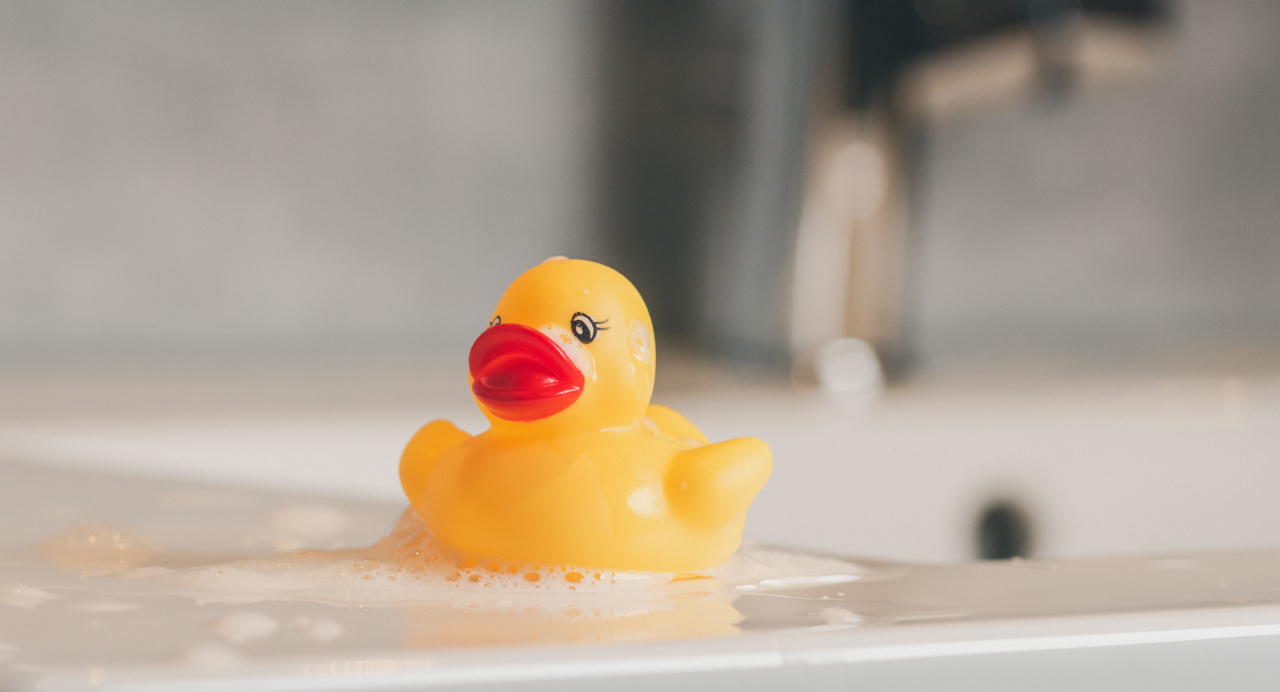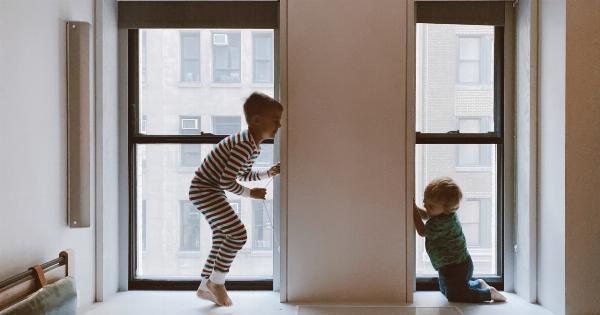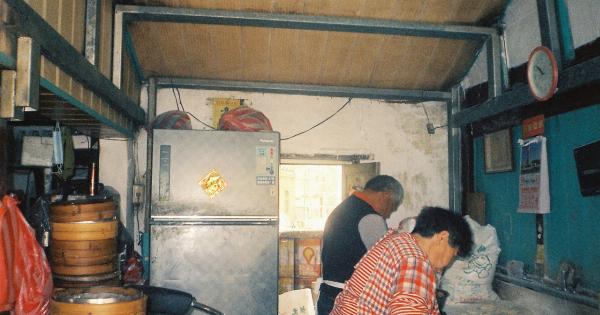Plastic toys in the bathroom may seem harmless, but they can pose a significant risk to your child’s health. These toys can expose your child to harmful chemicals, bacteria, and mold, which can lead to illnesses and other health problems.
In this article, we will discuss the hidden dangers of plastic toys in the bathroom and provide tips for keeping your child safe.
Chemicals in Plastic Toys
Plastic toys often contain chemicals such as phthalates, BPA, and PVC. These chemicals can leech into the water and expose your child. Phthalates are used to make plastic more flexible and have been linked to developmental issues.
BPA is used to strengthen plastic and has been linked to cancer, obesity, and other health problems. PVC is used to make plastic more durable and has been linked to respiratory issues and cancer. Exposing your child to these chemicals can have long-term effects, so it’s crucial to limit their exposure.
Bacteria in Plastic Toys
Bacteria can grow quickly in moisture, and plastic toys in the bathroom provide the perfect environment for them to thrive. There are two types of bacteria that are commonly found in plastic toys: E. coli and Staphylococcus. E.
coli can cause severe gastrointestinal illness and can be life-threatening for children under five. Staphylococcus can cause skin infections and, in severe cases, can enter the bloodstream and cause life-threatening infections. It’s crucial to clean and disinfect plastic toys regularly to prevent bacteria growth.
Mold in Plastic Toys
Mold can grow in any damp environment, including plastic toys in the bathroom. Exposure to mold can cause respiratory issues, allergy symptoms, and even infections.
Children are particularly susceptible to mold exposure, as their immune systems are still developing. It’s vital to keep plastic toys dry and clean to prevent mold growth.
Keeping Your Child Safe
Here are some tips for keeping your child safe from the hidden dangers of plastic toys in the bathroom:.
Choose Safer Materials
Choose toys made from safer materials, such as silicone, natural rubber, or wood. These materials are free from harmful chemicals and are biodegradable.
Limit Exposure
Use plastic toys in the bathroom sparingly and for short periods to reduce your child’s exposure to harmful chemicals, bacteria, and mold.
Regularly Clean Toys
Clean plastic toys regularly with soap and water, and disinfect them with a solution of water and vinegar or hydrogen peroxide. Rinse thoroughly and allow to air dry.
Store Toys Properly
Store plastic toys in a dry, well-ventilated area, and avoid storing them in the bathroom.
Replace Toys Often
Replace plastic toys often, as they can become worn and harbor bacteria and mold.
Conclusion
Plastic toys in the bathroom may seem harmless, but they can pose a significant risk to your child’s health. These toys can expose your child to harmful chemicals, bacteria, and mold, which can lead to long-term health problems.
By choosing safer materials, limiting exposure, regularly cleaning toys, storing them properly, and replacing them often, you can keep your child safe from these hidden dangers.





























